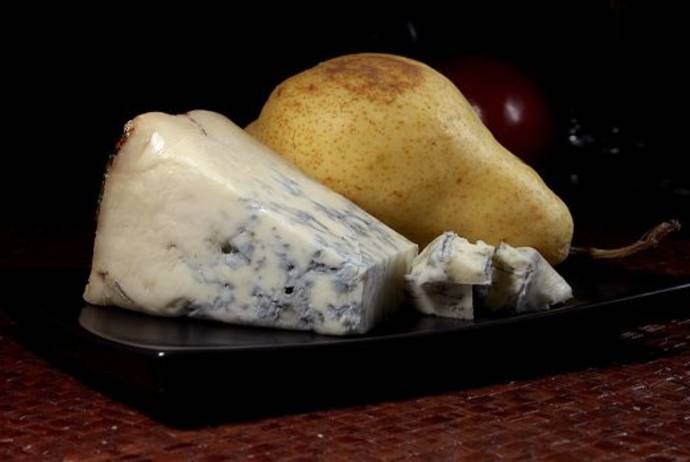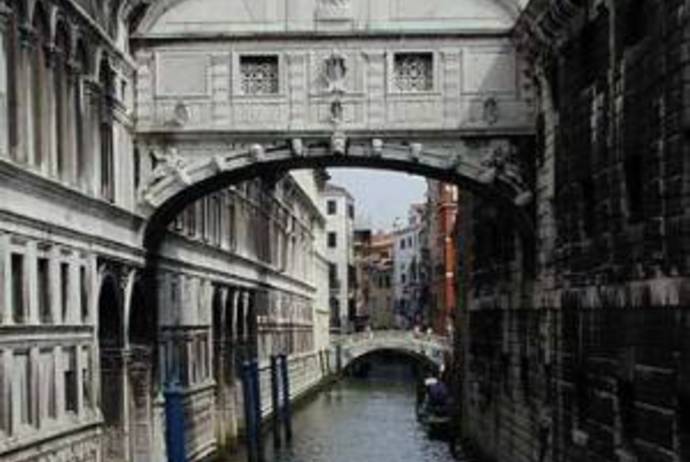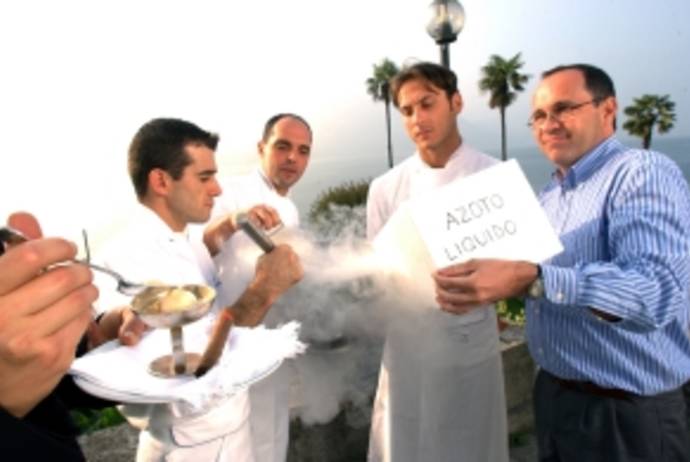The good news is that, when accompanied by a secret code, food tends to be of good quality rather than being strange or mysterious! A lot of Italian products feature the PDO code. These three letters stand for Protected Designation of Origin. The mark is guaranteed by the European Union and was created to promote the authenticity and artisan characteristics of certain food and agricultural products. These skilled artisans are engaged in producing the designated items in specific regions. Italy accounts for about a fifth of all the PDO products in Europe which are split into the categories of cheese, fruit and vegetables, cold cuts or meats and olive oils.
All the products on the list are linked to their place of origin, for example Gorgonzola, and many are household names, such as Parmigiano Reggiano and Prosciutto di Parma. Here are some PDO products region by region: Lazio - Mozzarella di Bufala Campana, Pecorino Romano, Pecorino Toscano,Carciofo Romanesco del Lazio Canino. Liguria - Riviera Ligure olive oil. Lombardia - Bitto (DOP cheese) Gorgonzola (DOP cheese) Grana Padano (PDO cheese) Parmigiano Reggiano (PDO) Provolone Valpadana (PDO) Quartirolo Lombardo (PDO cheese) Taleggio (PDO cheese) Valtellina Casera (PDO) Garda (PDO olive oil) Laghi Lombardi (PDO olive oil) Salame Brianza (PDO) Salame di Varzi (PDO) Salamini italiani alla cacciatora (PDO). Friuli Venezia - Giulia Asiago (PDO cheese) Grana Padano (PDO) Provolone Valpadana (PDO) Montasio (PDO cheese). Marche - Casciotta d’Urbino (PDO cheese) Prosciutto di Carpegna (PDO) Salamini italiani alla cacciatora (PDO). Emilia Romagna - Aceto Balsamico Tradizionale di Modena , Aceto Balsamico Tradizionale di Reggio Emilia , Coppa Piacentina, _Culatello di Zibello, and Prosciutto di parma..They are so many...we just can’t list them all....for a complete listing check out www.agriturist.it
Many PDO products are welcome in the United States, a country that imports thousands and thousands delicacies regularly. Following are the descriptions of some of the most imported products. According to historical documents, between the end of the sixteenth and the early seventeenth century specialized olive-growing techniques were introduced to Western Liguria, whence the name of the Taggiasca cultivar is derived. Olio Extravergine d'Oliva Riviera Ligure has an acidity of 0.80 %. Its color ranges from yellow to yellow-green. The fruity scent is medium to low in intensity. The taste is fruity with sweet tones. This oil makes an ideal seasoning if one does not wish to alter the essential taste of a dish. The production zone eligible for the PDO certification consists of the entire region of Liguria. Aceto Balsamico Tradizionale di Modena has a fascinating history, this vinegar became so prized during the Middle Ages that it was considered a family treasure and given as a gift to bribe kings and Popes. To make outstanding traditional balsamic vinegar, the producer must have barrels, dating back several generations so the vinegars can be artfully blended. It takes decades to develop a full-bodied, balanced balsamic vinegar that passes the examination of the consorzio, is bottled in a special flask and labeled as Aceto Balsamico Tradizionale di Modena. Since Balsamic Vinegar is created with the long, slow system of aging, similar to the solera system used for making sherry and some of Tuscany's Vin Santo, the resulting Aceto Balsamico Tradizionale di Modena is not sharp or pungent. Instead, it is sweet, mildly tart with complex fruit, rather intoxicatingly addictive, the perfect anointment for many dishes. Emilia-Romagna is one of three Italian regions famous for its prosciutto, produced in the province of Parma. The making of Prosciutto di Parma is a real craft. No steroids or hormones are permitted and no additives such as water, nitrites, sugar, spice and smoke are permitted during the curing and aging process. Each leg is brushed, trimmed and smoothed, salted and hung to rest, washed, then hung and air-cured in a temperature-and-humidity controlled room for more than 300 days; for export into the United States, it is a minimum of 400 days. With an annual production of more than 10 million Prosciutti di Parma, more than 5.000 pounds are imported annually into the United States. Each Prosciutto has to pass inspection and then receive the brand of the five pointed-ducal crown brand, guaranteeing quality and origin. Only then, it can be called Prosciutto di Parma. Prosciutto di Parma is so loved, that some of Emilia-Romagna's producers have been consultants to other countries, such as Canada and the United states for more than 15 years, advising their experts on how to best breed and raise the pigs to obtain delicious prosciutto.
But Prosciutto di Parma is not the only delicacy that must be marked; the application of the Parmigiano Reggiano mark identifies the cheese that was recognized as being of the first category (first grade - zero - one) during the grade selection test for the conformity to D.O.P. standards. The wheels having the market characteristics of the first category bear marks of origin (the dotted inscription and the oval hot iron branded mark. Parmigiano–Reggiano is made with milk from cows whose feeding mainly consists of forage from the area in which they are kept. The milk used is raw and cannot undergo any heat treatments, such as pasteurization; additionally, the use of additives of any kind is strictly forbidden. It takes 160 gallons of milk to make one 80 lb wheel. Fermenting whey from the previous day’s production is then added to the milk, and the mixture is heated and stirred slowly. When the proper temperature is reached, calf rennet – a natural extract – is added. After a few minutes coagulation begins. The milk curdling takes place inside copper vats shaped like truncated cones. After curdling, the curd is broken up into pieces the size of wheat grains using a long-handled whisk. The curd is again stirred and heated to precise temperatures. These curd grains are then left to settle to the bottom of the vat in order to form a compact mass. Mass is raised with a wooden paddle and cut into two pieces. Each piece is wrapped in cheesecloth and placed in circular wooden molds. After a few hours, the cheesecloth is removed and a special stamp is inserted between the cheese and the mold. The stamp forms a series of impressions around the sides of the wheel marking it with the number of the cheese maker, the production month and year, and the pin dots that form the legally protected name Parmigiano-Reggiano. After a few days, cheeses are immersed in salt brine for 20 to 25 days, and then briefly exposed to the sun before being taken to the room where it is aged 18 to 24 months or more.
All DOP products are labeled, so, when you are out grocery shopping, make sure that what you are buying is the real deal!


































